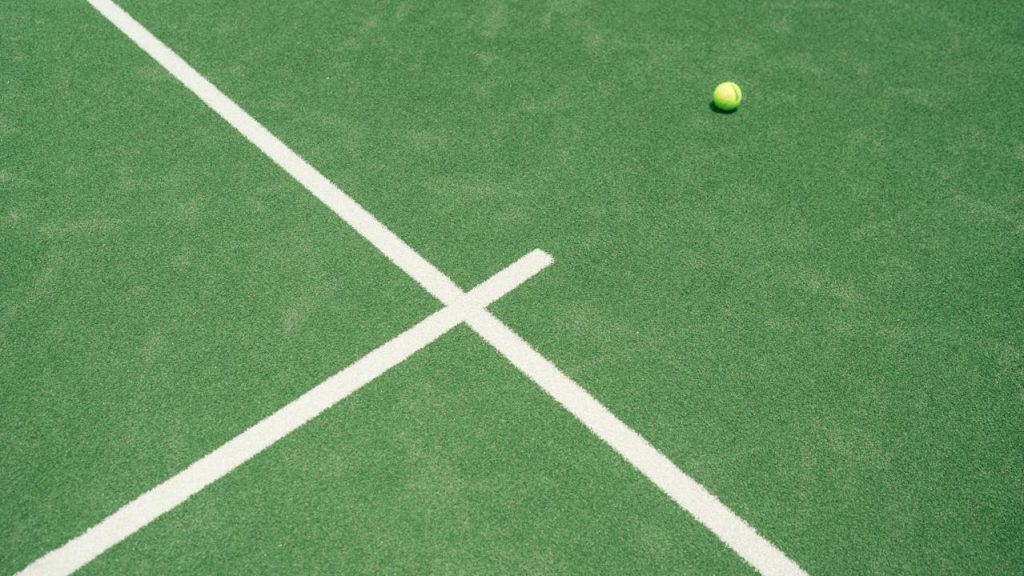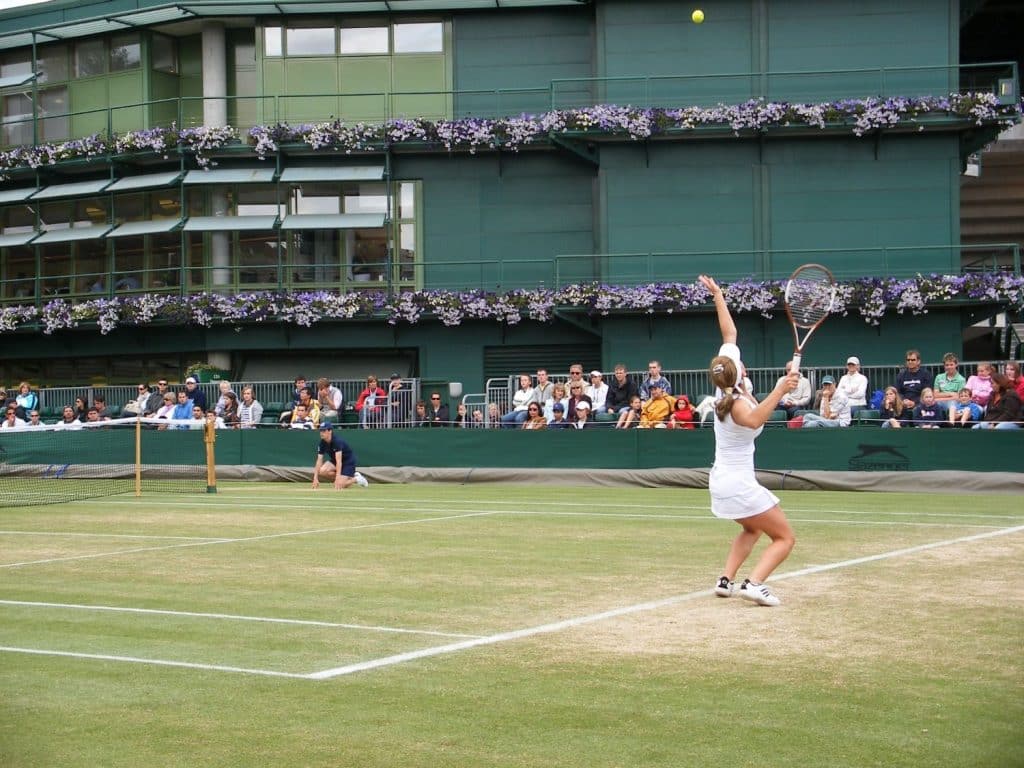The 2025 edition of the Wimbledon Championships has been a bit different. Something’s missing, or, depending on your view, something’s been upgraded. For the first time in its 147-year history, the All England Club has done away with human line judges for this grass Grand Slam. In their place? AI-powered tech.
No more dramatic pauses on on-court meltdowns. Now, it’s all instant verdicts courtesy of AI-powered Electronic Line Calling (ELC). While this shift has put Wimbledon in line with the Australian and US Opens—all of which have already traded humans for Hawk-Eye Live—it’s landing differently here.
What is ELC, and Why Now?
Developed by British company Hawk-Eye Innovations, ELC is a future-proof system of high-tech cameras and real-time tracking. It’s been praised for its accuracy, being able to determine things like the trajectory and bounce of a ball down to the nth degree.
Its utility has been growing since 2018, to the point where it’s now embedded in international Grand Slams. ELC delivers real-time, automatic calls as play unfolds. And, since the machine is always right, there’s no longer a need for players to challenge decisions…in theory, anyway.
In recent years, AI in sport has been sold as a matter of “maximum accuracy”; a phrase Wimbledon chief executive Sally Bolton used when announcing the rollout in 2024. “We consider the technology to be sufficiently robust and the time is right,” she said, noting that players are already used to these systems at many events and appreciate its accuracy. Wimbledon, it seems, was simply catching up.
And it’s not like digital upgrades are automatically a bad thing, especially from a fan perspective. We’re not just talking real-time updates and following players on Instagram here; innovations like live betting, which allows you to back a player once a match is underway, add a whole new dimension to spectating on the sidelines. Tech developments over the past couple of decades mean the sport is now more immediate and engaging than ever before.
Courting Controversy

But, for all its benefits, this digital shift at the All England Tennis Club hasn’t been universally welcomed, and not just among this year’s roster of players. Tennis fans and players alike are questioning whether something essential has been lost in the process. It’s not just the replacement of human judges with AI that’s different, it’s the entire emotional register of the game.
Line judges, challenges, debate on court—they’re all an unmistakable part of the culture of Wimbledon and tennis as a whole. Without them, does tennis run the risk of becoming too sterile?
After all, this is a sport that’s defined as much by tension and uncertainty as it is elite-level technique. Feeling your heart race watching a blistering rally unfold, or the quick intake of breath as a line judge makes a call at matchpoint—tennis wouldn’t be tennis without these very real and very human responses.
What the Players Have Said
It’s not just fans feeling frustrations, however, as the world’s best players remain unconvinced. British No. 1 Emma Raducanu may have diplomatically said she supports ELC technology over all, nevertheless, she questioned the accuracy of several calls made during her hard-fought third round loss to Aryna Sabalenka. “Very wrong” she said of the system’s decisions, insisting shots from her opponent were out of bounds despite what Hawk-Eye registered.
She’s not alone. British men’s No. 1 Jack Draper voiced doubts after his loss to Marin Cilic, while Carlos Alcaraz was overheard arguing with the chair umpire about missed calls in his third-round match.
Perhaps the most glaring incident however, happened in the fourth-round clash between Anastasia Pavlyuchenkova and Sonay Kartal. Pavlyuchenkova was visibly incensed when a clear out-ball from the British player wasn’t registered by the ELC system. After an awkward pause, video replays confirmed it had missed the baseline; the technology had failed. Although the point was eventually replayed and Pavlyuchenkova secured victory in two sets, the damage had already been done.
What’s Next?
From the All England Club’s perspective, it’s hard to argue the logic behind the decision to bring Hawk-Eye tech into the tournament. Officials cite consistency as a major justification: ELC ensures that every match (from Court 18 to Centre Court) has the same level of adjudication. Quite simply, there’s no chance of an umpire having an off day.
For now, the tournament walks a tightrope. Organisations insist they’re balancing innovation with heritage but, as of now at least, they haven’t quite got that balance right.

